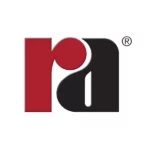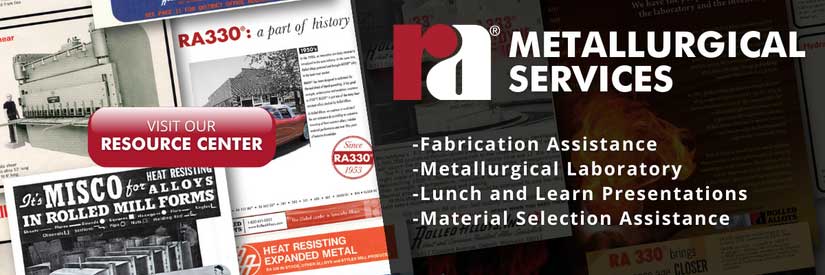For many years, 304L and 316L grades have been considered immune to CSCC at temperatures below 60ºC, and they have performed well in swimming pool applications.
However, since 1995 and through to the mid-1980’s there have been several SC failures of tie rods, wires, fasteners, and fixtures made in these grades. They were often used in the cold worked condition because this increased strength, but it also increased residual stress in the part. This equipment was used to support suspended ceilings over the pools and other pieces of equipment like light fittings and speaker systems that were fastened to the walls and ceilings. The cracking of the stainless steel led to unexpected collapse of the ceilings and other suspended equipment falling to the ground. Sadly, there have been several fatalities because of these failures. The stainless-steel parts immersed in pool water were not affected.
Investigators found that several innocent changes in the way swimming pools were run had resulted in a more corrosive environment in the pool atmosphere than had previously been the case. The ceilings of swimming pools have been converted to a suspended type using austenitic stainless-steel fixtures and fittings to hold the ceiling in place. This was done to improve the acoustics of the pool. But it creates an air gap between the ceiling and the roof of the pool where components cannot easily be cleaned or inspected. Pools had been disinfected using chlorine gas, but this was changed to sodium or calcium hypochlorite to avoid having cylinders of highly toxic chlorine gas on site. The chlorine level in the pool water is typically maintained at 1 to 2 ppm to ensure complete disinfection. However, impurities in the hypochlorite cause pool water’s total dissolved solids (TDS) content to increase compared with disinfection using chlorine gas. In the early 1970’s, pool temperatures were typically 20ºC to 23ºC, but by the mid-1980’s they were generally increased to 26ºC to 28ºC to encourage more people to use the pools. There was also a trend recirculate a warm pools water to conserve energy. However, it has the effect of further increasing the TDS of the water. The air above the pools was heated, dried, and returned with some fresh air to minimize condensation. This recirculation resulted in an increase in the atmospheric contaminants in the air above the pool. Increased occupancy of the pool also led to an increase in chloramines in the water. These form as the result of reactions between chlorine and bodily fluids that enter the pool. Finally, more pools had fountains, flumes, and wave machines that generated an aerosol of pool water in the atmosphere.
When analyzing the corrosion products found on the failed stainless steel components, it was noted that they contained zinc, calcium, aluminium, as well as high levels of chlorides. Pools typically contained a maximum of about 1,500ppm of chloride in the form of sodium chloride, but the sodium content of the corrosion product was relatively low. Also, zinc, calcium, and aluminium are not constituents of the swimming pool waters. These are more likely to be from the dust of building materials. This indicates that the chlorides may not have come from pool water droplets alone.
As well as the above, it is known these chloride salts are water absorbent. They can take moisture from the atmosphere and, within a certain range of relative humidity, form a very thin saturated chloride solution between the salt deposit and the stainless-steel part. The chloride levels contained in saturated solutions of calcium, zinc, and aluminium chlorides are in the range of 27% to 42%. These are significantly higher than the 16% maximum chloride content found in a saturated sodium chloride solution. These salts also hydrolyze to generate much lower pH levels than sodium chloride dose.
It was also recognized chloramines in the pool are quite volatile and are responsible for the smell often experienced in swimming pools. So, evaporation and condensation of chloramine compounds onto stainless steels suspended above the pool is a feasible transfer mechanism for chlorides and oxidizing chlorine species. It’s known that these species can decompose to form hydrochloric acid, hypochlorite, and ammonia. Thus, two possible mechanisms exist that would explain the cracking phenomenon experienced.
So, investigators have attempted to model these swimming pool environments and reproduce the same type of cracking seen in the 304L and 316L parts that failed so catastrophically in service. They managed to achieve this by testing samples stressed to their 0.2% proof strength and exposing them to a very aggressive solution of 4.3N sodium chloride plus 0.7N hydrochloric acid (~pH=-0.4) for a period of 7 days. The morphology of corrosion attack and cracking found in these lab tests closely resembled the damage found in the actual failed components from the swimming pool.
This early work focused on 304L, 316L, 2205 and 904L. The 304L and 316L samples suffered cracking, the 2205 suffered preferential corrosion attack of the ferrite phase, and the 904L suffered general corrosion to a depth of 10µm max but did not crack. The investigators concluded that higher nickel alloys were the most crack-resistant option.
Our work, using the same aggressive test solution and samples stressed to the 0.2% PS, also reproduced the same corrosion and cracking behavior seen in 316L (Figure 1). The same test on Zeron 100 (Figure 2) showed general corrosion to a maximum depth of 5µm. About half that found in 904L.
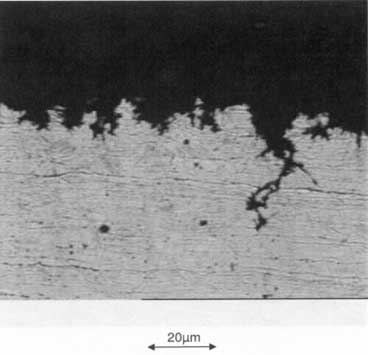
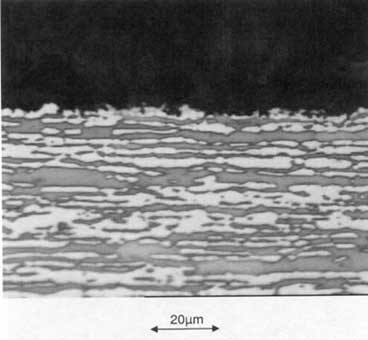
Figure 1: Microsection showing corrosion and SCC of 316L in a simulated swimming pool solution.
Figure 2: Microsection showing corrosion of ZERON 100 in a simulated swimming pool solution.
Both ZERON 100 (grade 1.4501) and 2507 (grade 1.4507) have also been employed in indoor swimming pools subject applications as roof tie bars (Figure 3) and as wires suspending water flumes.
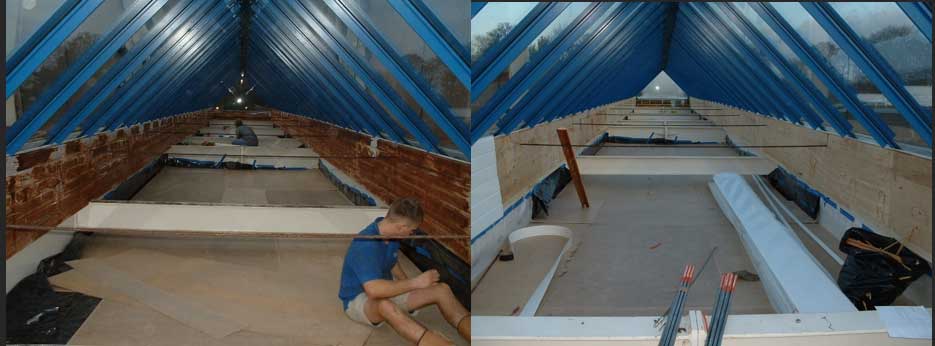
Figure 3: Photographs showing the removal of corroded 316L tie bars in a UK swimming pool and replacement with ZERON 100 tie bars.
The Nickel Development Institute recommends the use of the following grades in a swimming pool environment where cleaning and maintenance of the parts is not readily achievable.
1.4545 (654 SMo)
1.4529 (AL6XN)
1.4547(254 SMo)
1.4539 (904L) if the chloride level was below 250 ppm.
References
- A M Shams El Din, “Catastrophic Failure of Suspended Ceilings in Indoor Swimming Pools”, Applications of Stainless Steel, ’92, Stockholm, Sweden, June 1992, page 773.
- N Badoo and P Cutler, “Stainless Steel in Indoor Swimming Pools”, Structural Engineer 82 (2004) 9
- J Heselmans, “Fatal Accident in Dutch Swimming Pool Caused by Environmentally Cracked Bolts”, Paper 2331, Corrosion 2013, March 2013, NACE International, Houston, TX, USA.
- Stress Corrosion Cracking of Stainless Steels in Swimming Pool Buildings, circular SIM 5/2002/18, UK Health and Safety Executive, August 2002.
- J W Oldfield and B Todd, “Room Temperature Stress Corrosion Cracking of Stainless Steels in Indoor Swimming Pool Atmospheres”, Br. Corros. J. 26, 3 (1991) 173
- EFC 17, “Corrosion Resistant Alloys for Oil and Gas Production: Guidance on General Requirements and Test Methods for H2S Service”, European Federation of Corrosion publication no. 17, Maney, Leeds, UK.
Buy Online Anytime
Our dashboard makes it even easier to shop online anytime from anywhere. Quote, buy, and track 24 hours a day.
E-Services Stocking Programs
Our e-service stocking programs put you in the driver seat by using our customized purchasing options to order your recurring material with ease. Whether you have an internal process for purchasing and receiving in place or maybe looking for solutions to become more efficient, we have a program that will work for you.
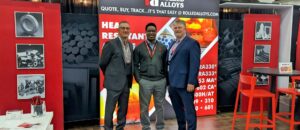
Trade Shows
Come talk to a Rolled Alloys representative in person about your project. You can find us at these trade shows.

March Mania 2025
Every Online Order in March is a Chance to Win One of 8 Great Prizes!
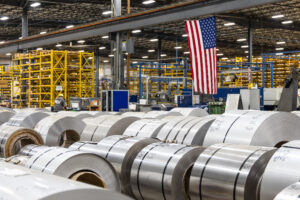
Instant Pricing on Nickel, Stainless Steel, Duplex, and Titanium
Get real-time pricing and availability for nickel, stainless steel, duplex, and titanium—all in one place.
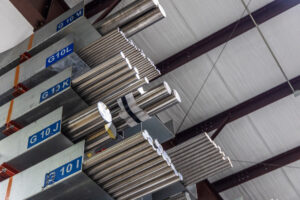
New and Expanded Stock for 2025
New Titanium, Stainless, Nickel and Cobalt in Stock Now – CP Ti Grade 2, 635, 718 and More!
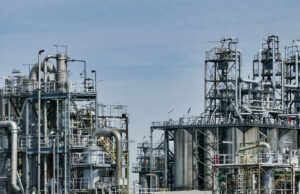
History and Uses of Alloy 800
Discover the evolution of Alloy 800, from its origins during the 1950s to modern derivatives like Alloy 800H/800HT. Learn about its high-temperature strength, petrochemical applications, and commercial availability today.
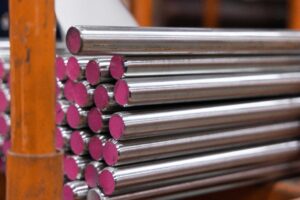
New Bar Stock Available
New Round and Flat Bar Products in Stock at Rolled Alloys


